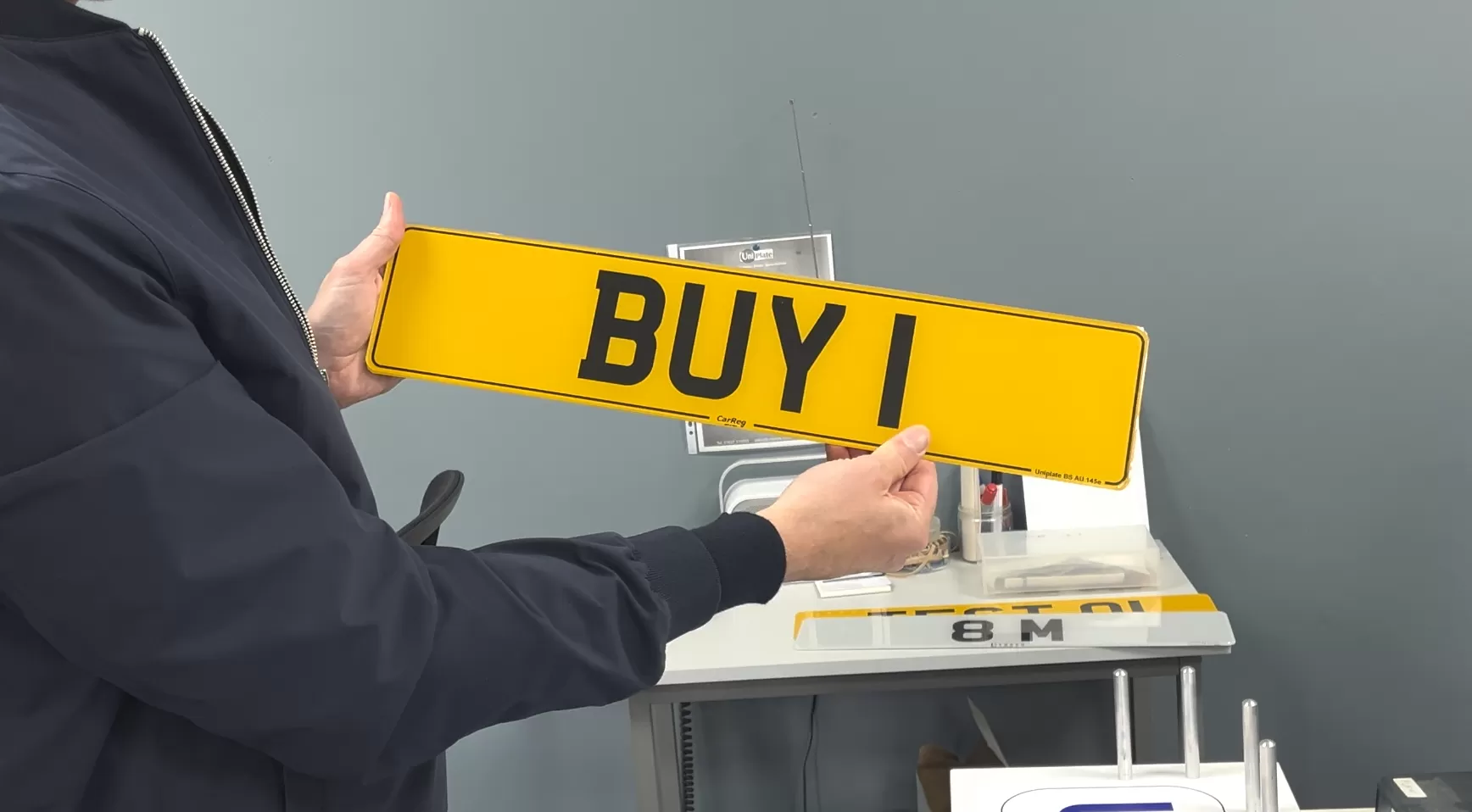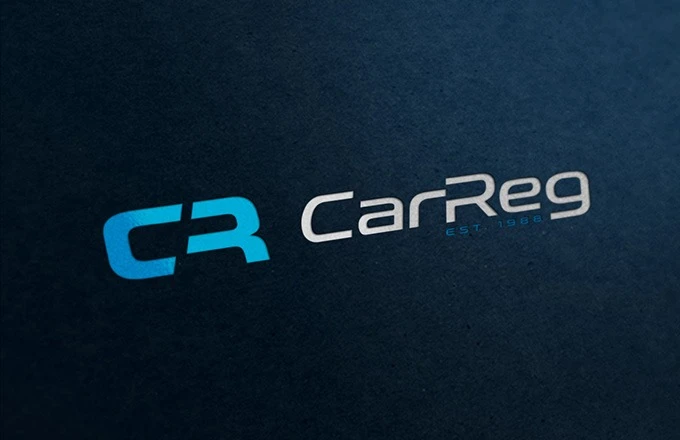Number Plates Made In Under 2 Minutes
Yes it's true, we can now make your new replacement perspex number plate whilst you wait in under two minutes! We have recently acquired a new thermal printing number plate making machine. Visit our office to order and collect your new plates which can be made in front of you.
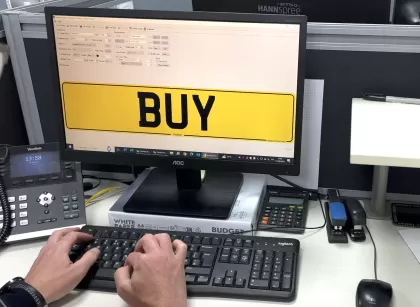

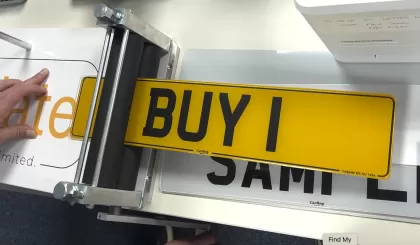
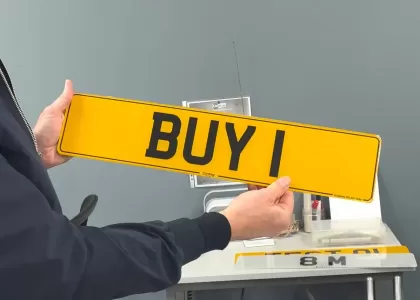
Of course, you can still order your number plates online, normally delivered to your door in 48 hours via Royal Mail.
Styles of number plates for UK cars
The rules regarding the construction and design of number plates were revised back in 2001. The white and yellow backgrounds with black lettering remained unaltered, but the significant new rule was that only a single typeface would be permitted (Charles Wright 2001), with no italics or multiple stroke characters allowed. Similarly, the character size is pre-defined at 79mm high and 50mm wide, with standard spacing between them.
In other words, there are many standard rules that must be adhered to for a number plate to be legal. However, this hasn't stopped number plate designers from finding ways to add a touch of style to perspex plates.
Experts in cutting-edge design
A reputable plate maker will know all of the precise legalities and will never produce a plate that fails to comply. But there are design features that can be included to make a licence plate stand out from the crowd. There are numerous national flag options for England, Scotland and Wales aswel as the green flash if you drive a fully electric zero emissions vehicle.
Another growing trend is the use 4D lettering on the plate. 4D laser cut lettering which stand 5mm off the reflective backing are becoming more and more popular which can provide a more sporty or deluxe feel without interfering with the strict colour or lettering requirements. A personalised plate is an investment and you want it to look as good as possible.
These are fully legal and MOT-compliant, as long as the lettering and spacing are correct and they have a striking look that enhances your car's aesthetic.
Exceptions for older vehicles
Since 2015, the DVLA has permitted vehicles that are 40 or more years old (actually 1973 or older) to display classic black and silver plates. Any vehicle with that sort of vintage must be registered in the 'historic vehicle' tax class, which usually includes an exemption from road tax.
Black and silver plates look fantastic on something like a 1962 MG Midget, but perhaps not so much on an old Ford Mondeo. However, if your vehicle is more than 40 years old, you may be able to sidestep the stringent DVLA requirements for your number plates.
Make the most of your personalised number plates
Personalised CarReg plates are subject to the same rules and requirements as standard number plates. However, specialist plate sellers can provide interesting spins on the typical perspex plate to make your car truly stand out from the crowd. Whether you qualify for the classic plate colours or have an interest in 3D or 4D plates, there are ways to move beyond the boring standard of car number plates. Search for personalised number plates
